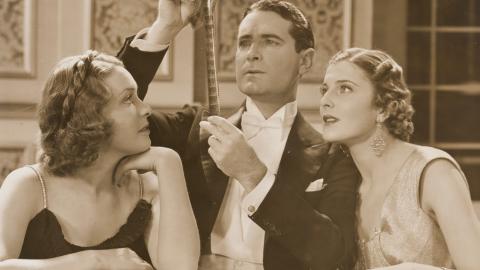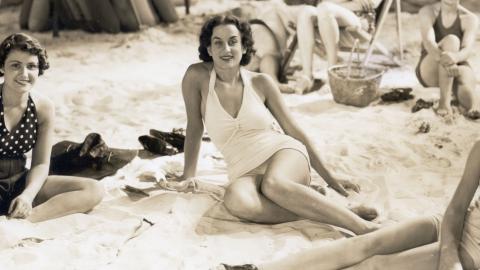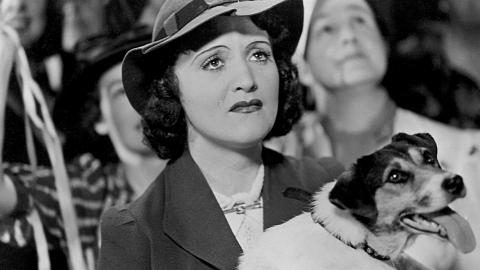
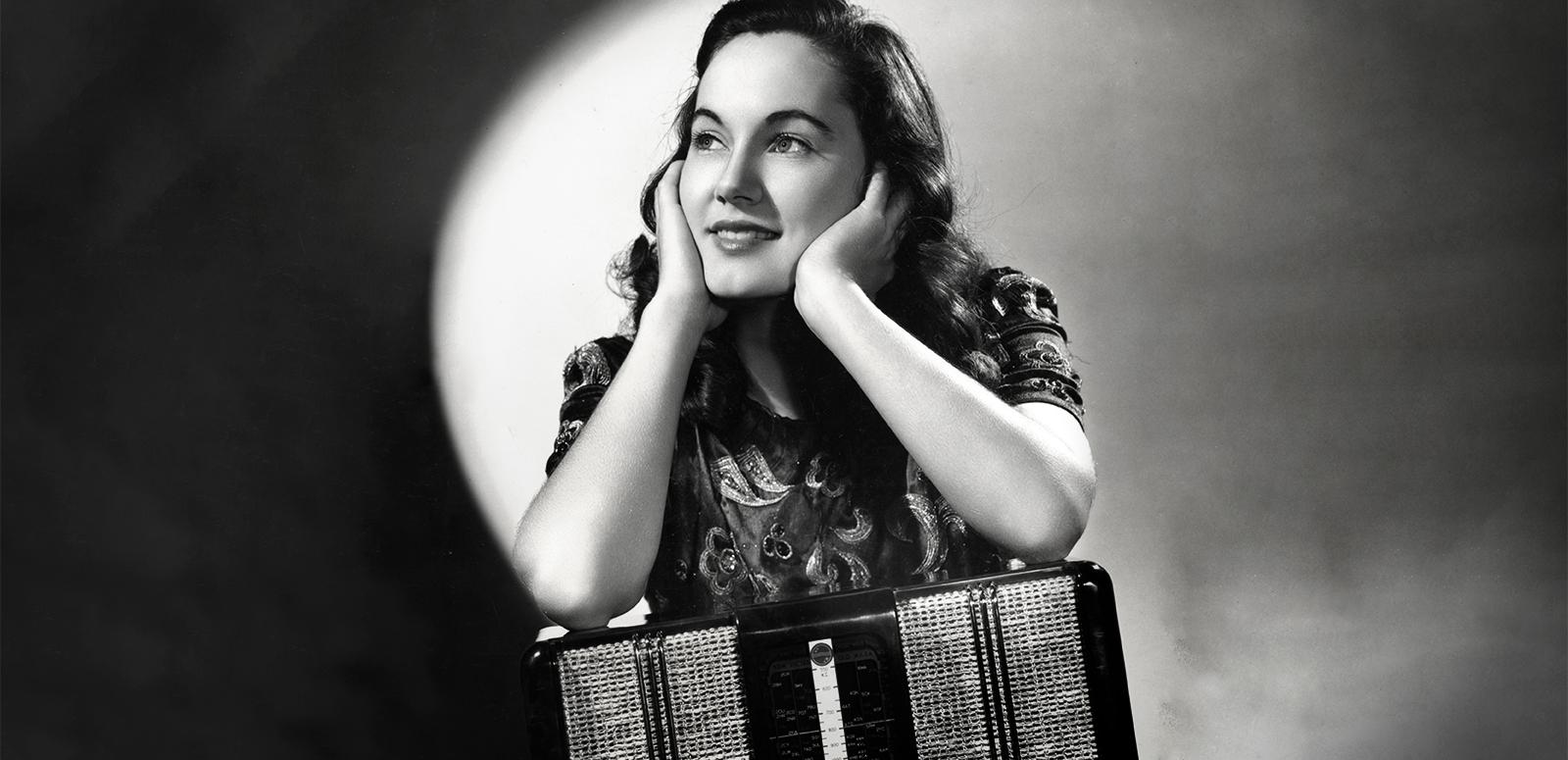
Starstruck: Betty Bryant
Betty Bryant: 1940s film ingénue features in Starstruck: Australian Movie Portraits exhibition
Betty Bryant features in the exhibition Starstruck: Australian Movie Portraits, developed by the NFSA in partnership with the National Portrait Gallery, and now open at HOTA Home of the Arts on the Gold Coast.
When a member of the public found a movie scrapbook in a charity shop and donated it to the NFSA, the documentation revealed an unprecedented portrait of the professional life and career of Betty Bryant, once Australia’s most famed film ingénue.
The biggest discovery since Errol Flynn
Bryant was said to have been discovered by screenwriter Elsie Blake-Wilkins, who took her to Herc McIntyre, the American head of Universal Pictures Australia. She subsequently had a Cinesound Productions screen test and was introduced to filmmaker Charles Chauvel and his wife Elsa.
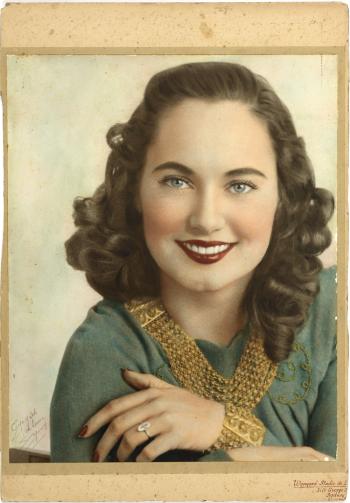
Chauvel made much in the media of his discovery of Australian stars, including Errol Flynn, Chips Rafferty, Peter Finch and Michael Pate. In promoting his 1940 feature film Forty Thousand Horsemen, in which the 19-year-old Bryant played a ’vivacious French girl’, the director declared that she was ‘the most important film personality discovered in Australia since Errol Flynn’.
In fact, clippings from the scrapbook reveal that, before Horsemen, Bryant had background parts in earlier films The Broken Melody (1938) and Gone to the Dogs (1939). She had also had long stints on radio serials like The Jack Davey Show and The Youth Show.
In a clipping from a Singapore newspaper in 1941, Bryant credits her film discovery to a film test shot by George Heath. A famed Australian photographer, Heath was the principal cinematographer for Ken G Hall at Cinesound. Heath found portraiture ‘a fascinating part of the motion picture photographer’s work’ and stated in an interview that ‘light properly used can make a face or scene lovely to look at or, misdirected, it can ruin a picture.’
'Horsemen' causes a stampede
Heath shot Forty Thousand Horsemen for Chauvel, who took inspiration from contemporary French cinema techniques. He instructed his team to take on bold camera angles and dramatic lighting, and to move away from standardised compositions. On-set stills and promotional portraits reflected this new style with a majority of stills focused on Bryant. An impressed Chauvel commented that ‘in her close-ups she is very like [screen star] Merle Oberon’.
Upon its release on Boxing Day 1940, Forty Thousand Horsemen was an unmitigated success, bringing in £10,000 at the box office in its first three weeks. News outlets began praising Bryant as the breakout star – no mean achievement considering she was playing opposite Chips Rafferty and Grant Taylor. The scrapbook features Betty’s portrait in every newspaper, and even a cut-out portrait from the Australian Women’s Weekly shot by prominent commercial photographer John Lee.
The film became the first Australian feature to succeed financially in America where a critic for The New York Times enthused of Bryant, ‘whatever it is that leaps across the celluloid barrier, she has it’. By mid-January 1941, Australian newspapers breathlessly reported that stills of Bryant had wound up at Twentieth Century Fox in Hollywood and Darryl Zanuck was offering her a place on his studio’s roster of stars.
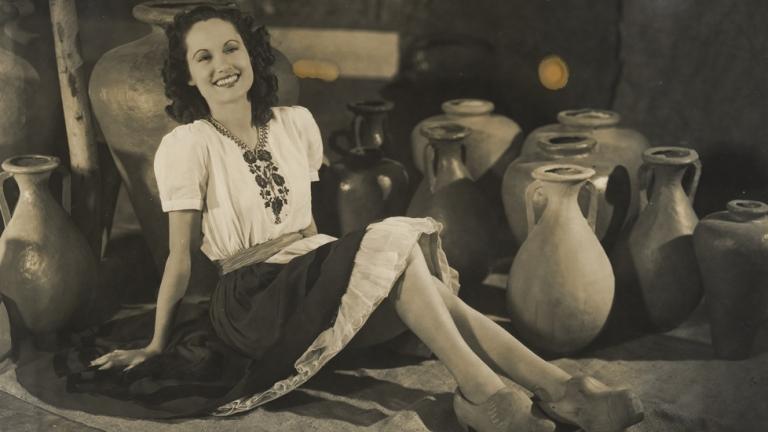
Betty Bryant on the set of Forty Thousand Horsemen, 1940. Click image to open. NFSA title: 685308.
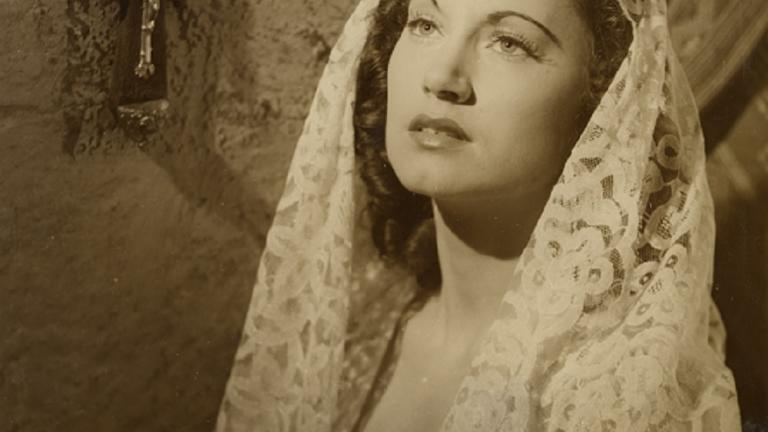
Betty Bryant in a scene from Forty Thousand Horsemen, 1940. Click image to open. NFSA title: 686737.
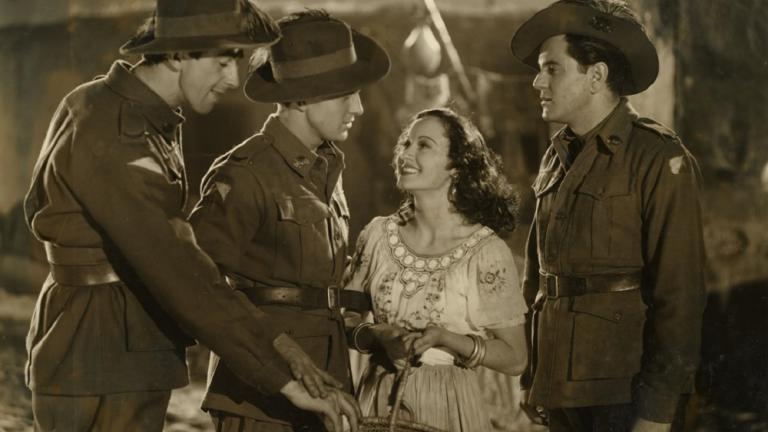
Betty Bryant in a scene from Forty Thousand Horsemen (1940) with (left to right) Chips Rafferty, Grant Taylor and Pat Twohill. Click image to open. NFSA title: 689087.
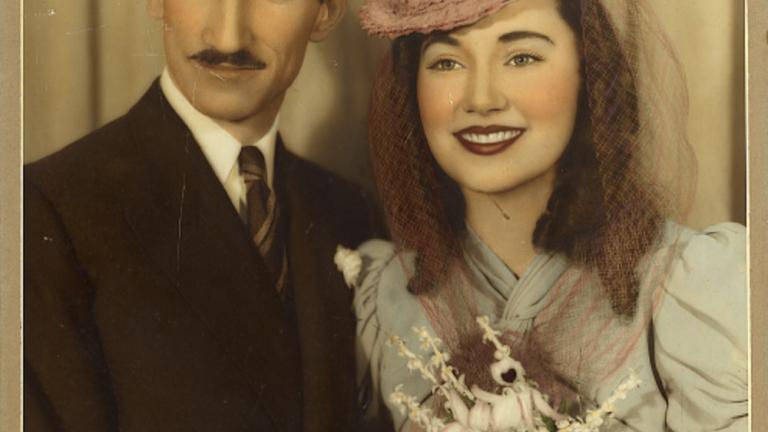
Hand-tinted wedding photo of Betty Bryant with Maurice 'Red' Silverstein, 1941. Click image to open. NFSA title: 1231340.
From Singapore to Washington
In June 1941, the Capitol Theatre in Singapore proposed a vice-regal premiere of Horsemen to raise war funds for the Red Cross. The scrapbook documents Bryant’s Singapore visit – and then the entries cease. As Elsa Chauvel recounted in her autobiography, My Life with Charles Chauvel, ‘Betty not only won all hearts … in Singapore, but she also won the heart of Maurice, then Metro-Goldwyn-Mayer’s sales manager for the Far East. A whirlwind romance followed during that short week, with Maurice following Betty back to Sydney, where they were married within four days … I feel that her life has had a fairytale flavour ever since.’
In 1942, upon learning she was pregnant, Bryant withdrew from the role of Greer Garson’s daughter in the American production of Mrs Miniver (a part which later won Teresa Wright the Academy Award for Best Supporting Actress). Despite later films such as Up in Arms being falsely attributed to her, Bryant was now firmly focused on her family and charity work.
She formed the Foundation for the Peoples of the South Pacific (now Counterpart International) with Australian Marist Brother and friend, Stanley Hosie. She dedicated four decades to tirelessly raising funds and awareness of the educational, health and business needs of communities in over 60 countries. In 2000, Betty Bryant Silverstein received the 'Humanitarian Service Award' from American First Lady Hillary Clinton, five years before her death.
Whilst the original owner of the scrapbook remains a mystery, their dedication to documenting a young star's achievements enables us to remember and celebrate Betty Bryant’s contribution to Australian film history.
A longer version of this article first appeared in Portrait, the National Portrait Gallery magazine (No. 59, Autumn 2018).
Starstruck: Australian Movie Portraits runs from 2 March 2019 at HOTA, Home of the Arts on the Gold Coast until Sunday 28 April 2019. See the HOTA website for events and screenings complementing the exhibition. Visit the Starstruck Australian Movie Portraits website.
The National Film and Sound Archive of Australia acknowledges Australia’s Aboriginal and Torres Strait Islander peoples as the Traditional Custodians of the land on which we work and live and gives respect to their Elders both past and present.
